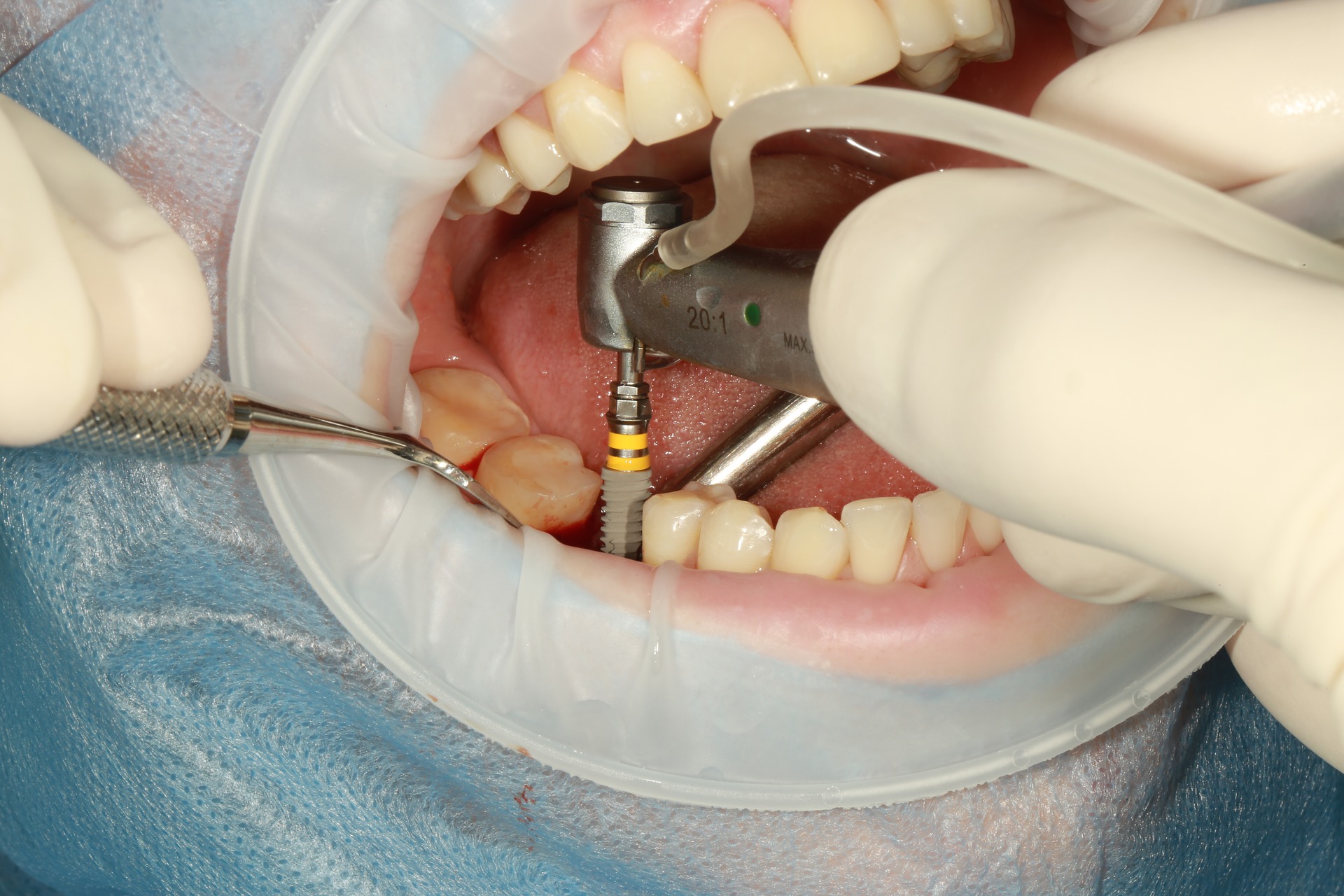Even after your body has already healed a tough pimple, a scar may remain as an unsightly reminder. These scars develop when the dermis (deeper skin tissue), usually as a result of picking at or bursting a pimple, is injured. Although acne scars might not be as physically uncomfortable and inconvenient as the active acne itself, they can lower one’s self-esteem and last for years. The best acne scar treatment must be identified to remove those bothersome scars and pigmentations as soon as possible.
Treatments for various acne scarring kinds vary. Therefore, let’s first learn about the many forms of acne scars before moving on to the various types of acne scar treatments.
What Are The Types Of Acne Scars, And What Do They Look Like?
You may have had or still have more than one form of acne scars in your lifetime. Even with varying levels of severity, every one of these can be addressed through non-invasive acne scar treatments.
Ice pick: An ice pick scar, like a literal ice pick that has a broader base and a pointed tip, is described as a large hole at the top and shrinks to a point as it penetrates deeper into your skin. Such a skin indentation is typical and among the scars that are hardest to heal. They are located where the skin is thinner, on the upper cheekbones and forehead.
Rolling: The lower cheekbones and jaw, where the skin’s thicker, are the common locations for these scars. The skin appears uneven and wavelike due to the indents’ sloping borders.
Boxcar: Indents with sharper edges are known as boxcar scars. Those edges penetrate the skin tissues deeply. The lower chest and jaw frequently have these scars.
Hypertrophic or keloid scars: Scar tissue lesions that grow above the skin are known as hypertrophic or keloid scars. Hard, pink or brown lumps called raised (hypertrophic) scars develop over the site of a healed pimple.
A scar is referred to as a keloid when it extends past the site of the pimple. They are brought on by an overgrowth of collagen-containing fibrous structures in the immediate area of the affected skin. These scars can be itchy, uncomfortable, or painful and are typically located on the shoulders, back, chest, and jaw line.
What Causes Acne Scarring?
The bump that forms when there’s a cyst or pimple on the skin is full of sebum, germs, and dead skin cells. Pus and inflammation are produced as white blood cells fight the infection. Scarring may result from harm to the skin’s layers.
Treatments for Acne Scars
Pico Laser
Compared to ablative lasers, Pico Laser procedures are more deeply penetrating. This acne scar treatment works by encouraging the growth of new skin cells, which will replace the tissues of acne scars without destroying skin layers. Results show up more quickly, and the healing process is less inconvenient because the Pico Laser doesn’t damage the skin. Darker skin types can safely use this type of laser technology to treat boxcar and rolling acne scars. The picosecond laser may be utilized more aggressively for severe acne scarring, which might require 5-7 days of the recovery period.
Dermal Fillers
Dermal fillers, sometimes called soft-tissue fillers, are injections of substances usually made from hyaluronic acid intended to fill out a specific region of skin for aesthetic purposes. Direct injections of dermal filler have quick and immediately noticeable effects on the scar tissue. Dermal fillers for acne scars can be quite helpful, but they are temporary. To prevent their acne scars from reappearing, patients might need further injections once a year or more frequently to maintain the results
Rejuran S
Rejuran S was created especially for acne scars. This treatment is composed of Polynucleotides (PN), which are recognized for skin restoration and rejuvenation.
In order to lessen the visibility of enlarged pores, acne scars, and uneven skin texture, Rejuran S stimulates collagen production and cellular rejuvenation in damaged skin.
Choosing the Best Treatment for Acne Scars
A qualified cosmetic doctor will create a personalized care plan that includes the best treatments for your acne scars following a consultation, to establish a starting point for your skin goals. They will suggest the best action for acne scars based on your skincare requirements and the type of scarring already present. In order to get the best results, your care plan may occasionally combine several acne scar treatments.



